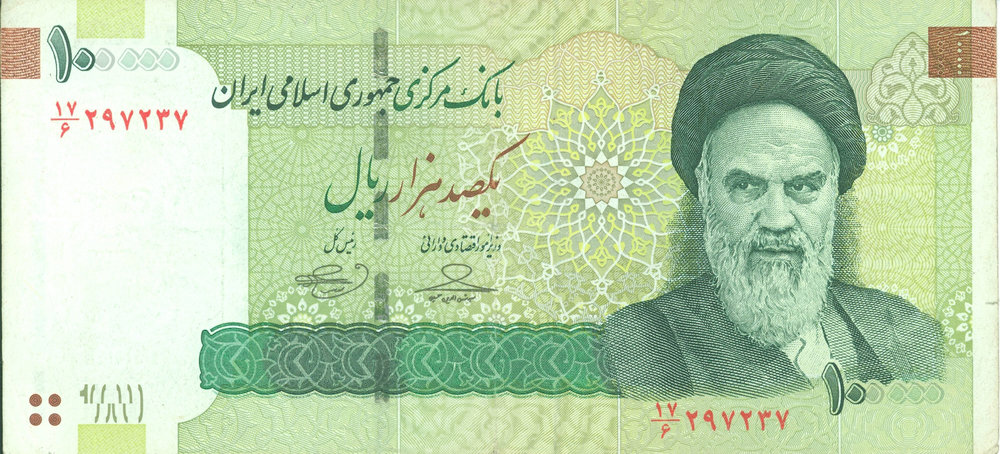Currency reconversion not a turning point in economic reformation

One of Iran’s main economic policies, under the framework of the sixth five-year development plan, is modification of banking system and reformation of monetary policies, moving forward toward which the Rouhani administration put forward the plan to shift the national currency from Rial to Toman earlier in December 2016 by eliminating specific number of zeroes.
However, the administration decided to postpone implementation of currency reconversion policy in 2016 due to some reasons including the expressed concerns about the time unfitting economic conditions which would ignite inflation and economic instability.
The policy basically seeks to facilitate monetary transactions among the Iranians and match the currency being transcribed in official documents and banking bills (rial) with the one utilized in real daily lives of Iranians (toman). Rial has practically been replaced by Toman in daily transactions as the result of the cumulative inflation over the recent years.
On Saturday, the Central Bank of Iran (CBI) submitted the bill on lopping off four zeroes of the national currency to the cabinet, the act which drew public attention to the issue again, forming a chorus of criticism and speculations.
Through its proposed bill, the CBI seems primarily able to re-empower the depreciated national currency, tangibly decrease the ever-increasing liquidity volume, and make a nominal reduction in prices of goods and services in the country.
The most remarkable achievements of implementing the bill, however, would be a psychological one among the society. Shifting from rial, the free market exchange rate of which is presently about 110,000 against the U.S. dollar, by cutting four zeroes to toman may cover the psychological aspects of the inflationary impacts of rial devaluation, which has unprecedentedly increased prices in Iran. It is said to be able to recover national currency’s value against U.S. dollar to some extent and cool down the inflated prices, as well.
Omitting zeroes from the national currency would surely facilitate calculations and money transfers in daily transactions and would seemingly retaliate for the sharp recent rial devaluation but it should not be expected to improve Iranians purchasing power at all.
It would not have any specific impact on economic indices, inflation, investments, job creation or demand and supply, either.
As a matter of fact, economic stability and single-digit inflation rate are the most significant prerequisites of implementing currency reconversion while Iran is experiencing none of the named factors.
Currency reconversion per se would have an inflationary effect. To curb its inflationary impact, it must be done simultaneous with taking contractionary measures and modifications in monetary policies.
In addition, printing new banknotes and injecting them to the market would impose an amount of costs on the shoulder of the central bank.
Addressing the issue in an interview with the Tehran Times, the Iranian economist and President of Iran World Trade Center Mohammad Reza Sabzalipour said that “the government aims to hit several targets with one shot.”
“It seeks to control money and liquidity volume in the society i.e. cutting four zeroes would change the present 17 quadrillion rials (about $404 billion) of liquidity down to 1.7 trillion rials (about $40.4 million) overnight,” he explained, “but the zeroes will incrementally come back and liquidity will be increased over time, in case CBI continues printing fiat money.”
“The act would appease the public opinion just for a short time when they see the price numbers of the goods and services are decreased but after a while when their income also comes with lower zeroes, they will find out that what has happened has not improved their commonwealth,” he added.
“There is no reason for us to consider a national currency with less zeroes a more valuable one,” Sabzalipour said, “having a strong economy is not necessary related to having a national currency with low number of zeroes but to positive trade balance and high quality of the nation’s livelihood.”
“The decided monetary reconversion is mere a political and a psychological move,” he underscored.
What the government is getting prepared to do should not be expected as a revolutionary step in Iran’s economic and banking reformations, that would bring the nation a better livelihood and a more prosperous economy.
It is a postponed measure that has not been implemented in previous years due to lack of proper economic conditions and it is being done under the circumstances that the country is experiencing the toughest economic conditions in its history thanks to the U.S.-led draconian sanctions and when a rampant inflation rate is expected for the upcoming Iranian year.
The costly currency reconversion would, for sure, facilitate money transfer and calculations in daily transactions and also reduce the volume of exchanged paper money and etc., but its effect would be neutralized and the omitted zeroes would snap back one after the other in the long-run, in case of monetary mismanagement or any other unpredicted international, political or economic event which would threaten the economy.
HJ/MA
